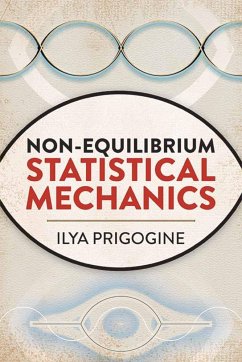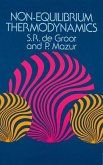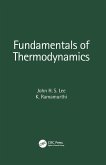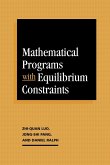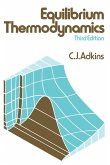Ilya Prigogine won the 1977 Nobel Prize in Chemistry for his contributions to non-equilibrium thermodynamics. This groundbreaking 1962 monograph, written for researchers and graduate students in this field, was his first book-length contribution to this subject. Suitable for advanced undergraduates and graduate students in physics and chemistry, the treatment begins with examinations of the Liouville equation, anharmonic solids, and Brownian motion. Subsequent chapters explore weakly coupled gases, scattering theory and short-range forces, distribution functions and their diagrammatic representation, the time dependence of diagrams, the approach to equilibrium in ionized gases, and statistical hydrodynamics. Additional topics include general kinetic equations, general H-theorem, quantum mechanics, and irreversibility and invariants of motion. Appendices, a bibliography, list of symbols, and an index conclude the text. Dover (2017) republication of the edition originally published by Interscience Publishers, New York, 1962. www.doverpublications.com
Hinweis: Dieser Artikel kann nur an eine deutsche Lieferadresse ausgeliefert werden.
Hinweis: Dieser Artikel kann nur an eine deutsche Lieferadresse ausgeliefert werden.
